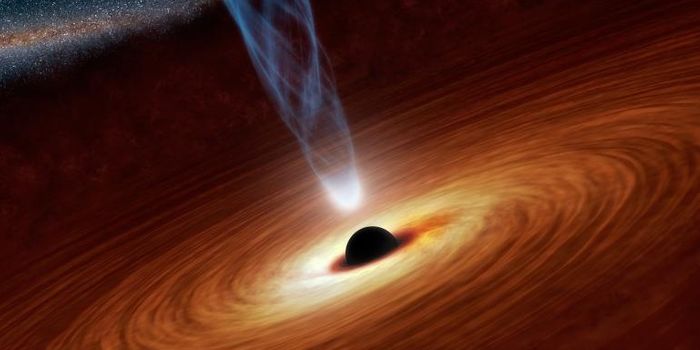Mitigating Spaceflight Vision Risks: The Role of Portable Ultrasound in Polaris Dawn
How does spaceflight affect vision loss in astronauts for both the short and long term? This is what a combined effort between the upcoming Polaris Dawn mission and the Medical College of Georgia (MCG) at Augusta University hopes to achieve as the four-person crew will be using a portable ultrasound machine to study changes in vision during spaceflight. This is especially prevalent since the four-person crew will be traveling in an elliptical orbit 870 miles above the Earth’s surface, exposing them to the Van Allen radiation belt, which is a highly radiated region of space between the Earth and the Moon.
For context, the International Space Station orbits approximately 250 miles above the Earth, and this research holds the potential to further explore the effects of space radiation on the human body, and specifically vision loss.
This study comes as 70 percent of astronauts have been found to suffer from Spaceflight Associated Neuro-Ocular Syndrome (SANS), which is associated with changes within the brain from fluids shifting during spaceflight. Additionally, with NASA planning on sending humans back to the Moon in the next few years, better understanding these changes could help scientists develop ways to combat them, as well.
“The changes start happening on day one,” said Dr. Matt Lyon, MD, who is the director of the MCG Center for Telehealth. “We are not entirely sure what causes these issues with vision, but we suspect it has to do with a shift in cerebrospinal fluid in the optic nerve sheath. On Earth, gravity pushes that fluid down and it drains out, but in space, it floats up and presses against the optic nerve and retina.”
Using the MCG-patented portable ultrasound machine, the astronauts will conduct real-time measurements of fluid and pressure changes within the human brain to determine the processes responsible for causing these changes, along with potentially predicting the statistical likelihood of which astronauts who could experience these changes, as well.
What new connections between spaceflight and vision loss will scientists make in the coming years and decades? Only time will tell, and this is why we science!
As always, keep doing science & keep looking up!
Sources: Polaris Program, NASA, EurekAlert!
Featured Image: Image of NASA astronaut Karen Nyberg, Expedition 36 flight engineer, performing an ocular health exam in the Destiny laboratory of the International Space Station. (Credit: NASA)








